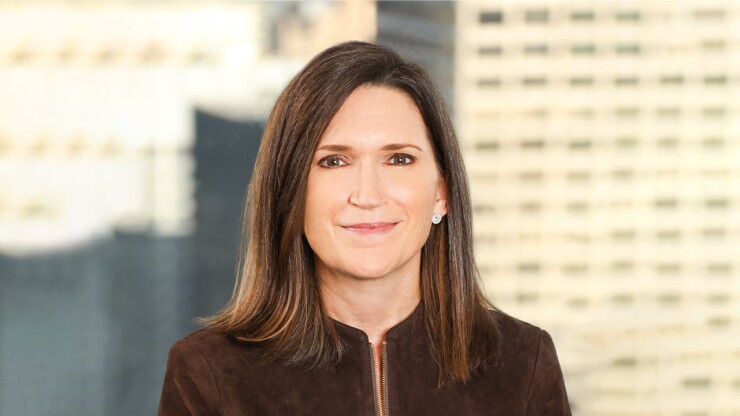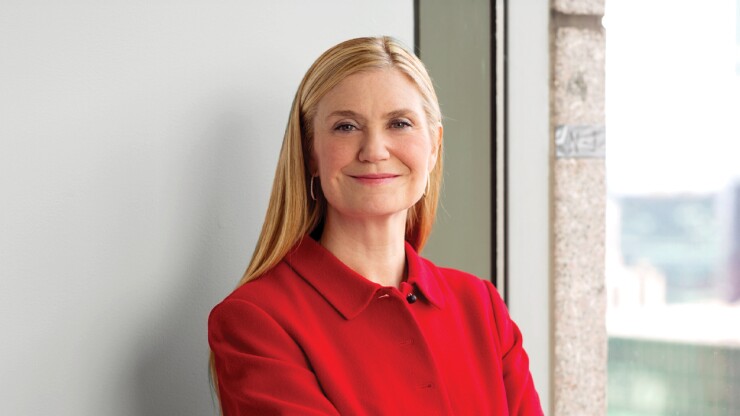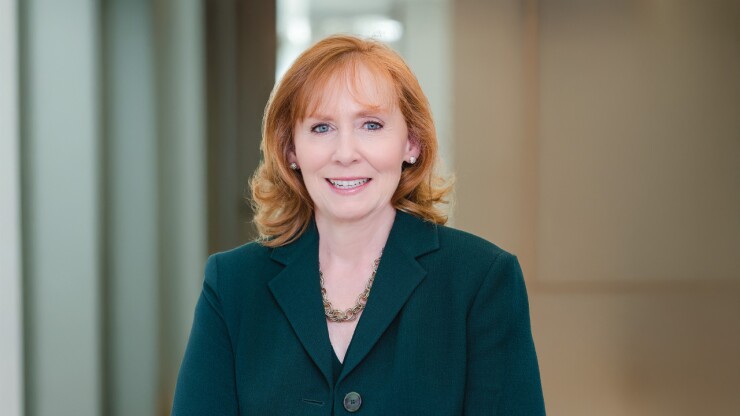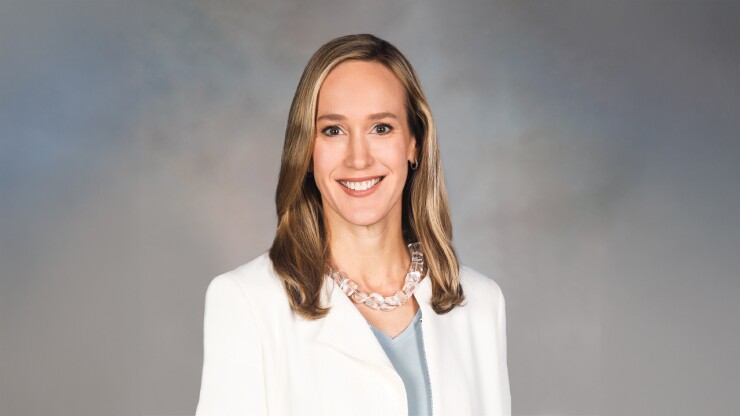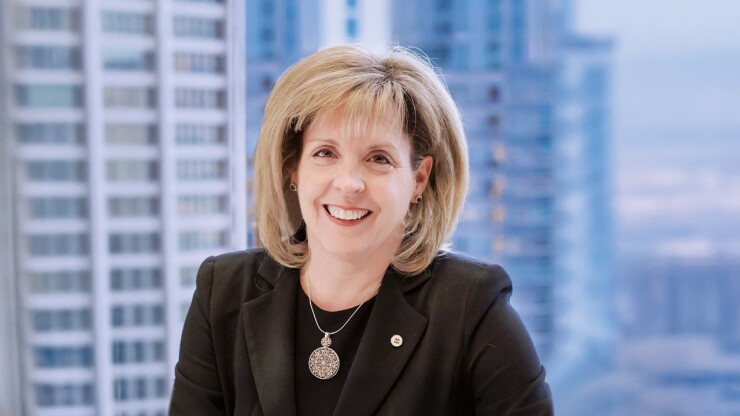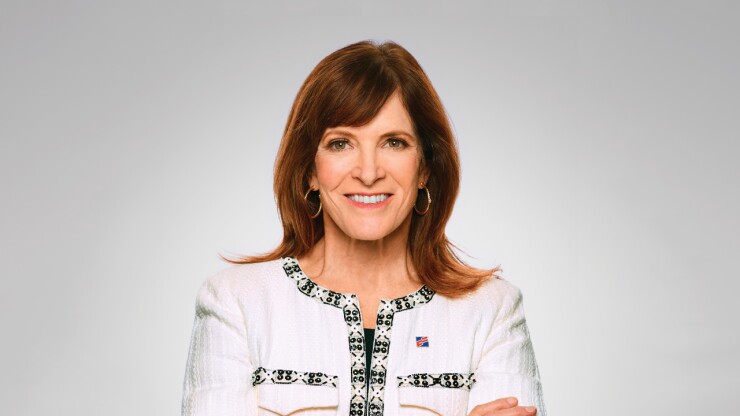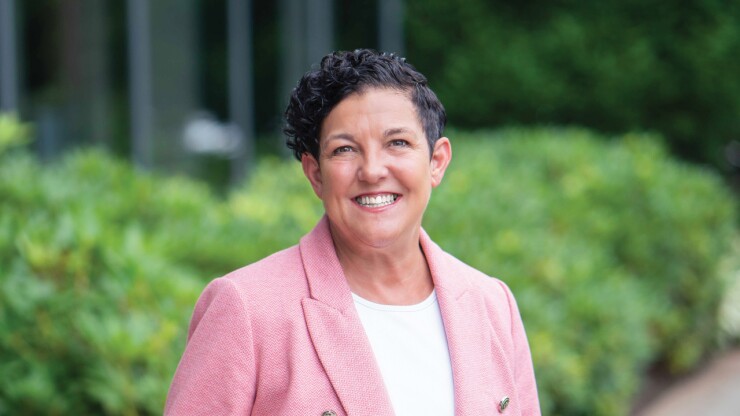Banks went into 2024 already juggling seismic change. Throughout the year and into 2025, executives were forced to prioritize trade-offs between growth, innovation-fueled transformation and safety in their strategic decision-making, capital allocation and appetite for risk.
Several economic and market factors directly influenced how bankers framed their growth strategy. Higher-for-longer interest rates drove up net interest income but raised deposit costs and pressured borrowers, making loan growth a balancing act. Consumer credit quality became a bigger concern, requiring higher provisions. And new interest in "alternatives" to banks increased competition and, by extension, liquidity and deposit-concentration monitoring needs.
At the same time, financial executives had to contend with President Trump's return to the Oval Office and all the dramatic headlines that ensued. His tariff strategy, positioned as a boost for U.S. manufacturing, jobs and national finances, set the tone for volatility that rippled throughout the banking industry in early 2025. The president's pro-business, pro-crypto deregulatory agenda and his repeated threats to unseat Federal Reserve Chairman Jerome Powell served to further increase the complexity for executives.
Even so, with inflation and unemployment hovering at the edges of a robust economy, Wall Street banks capitalized on the uncertainty, posting strong trading revenues in the first half of 2025.
The industry has also been confronted with new business realities—all driven by innovation that holds great promise and is moving quickly but also raises new concerns, from the launch of spot Bitcoin and Ethereum exchange-traded funds to the growing issuance of stablecoin payments to the rise of agentic AI.
These are indeed extraordinary, somewhat chaotic times. But if wide-ranging industry shifts and chaos are "the ultimate proving ground for resilience and reinvention," as former Intel CEO Andy Grove believed, then who is leading financial institutions—particularly at the world's biggest ones—and how they are doing so requires significant adjustments to meet this unprecedented moment.
For leaders in The Most Powerful Women in Banking™ 2025, success this year lay in flexibility and agility.
With each passing day, it is becoming clearer that traditional financial institutions face much more than deposit risk as on-chain finance gains momentum and more crypto companies file for bank charters and licenses. The industry is in uncharted waters, even as their interest in tokenized assets, payments and crypto custody and clearing experiments accelerate.
For many leaders in this ranking, the changes in course brought out their creativity, problem-solving skills and ability to motivate their teams.
The Most Powerful Women in Banking comprises three distinct performance-based rankings: Banking, Finance and Women to Watch. The methodology uses quantitative factors like year-over-year financial performance (or similar metrics for enterprise or functional roles without P&L responsibility) and qualitative considerations such as the investment in and implementation of new technologies, impact on operational efficiencies, advancement of talent and demonstrated commitment to the customers and communities they serve to determine an individual's score. (Women are required to be in their role for a minimum of one year to be eligible for the Banking or Finance rankings.)
CEOs of banks large and small are represented in the Banking ranking, although there remain only two CEOs in the top 50 U.S. institutions by assets, Citi's Jane Fraser at #1 and U.S. Bank's Gunjan Kedia at #4—a doubling of the number since last year when only Fraser held the title. (This marks the fifth consecutive year that Fraser has been ranked in the top spot.) There has only been one other major U.S. bank CEO on this list, KeyCorp's Beth Mooney, who took the role in 2011 and led the bank until 2019.
JPMorganChase has a majority of the Banking list's top five spots, with Jennifer Piepszak, Marianne Lake and Lori Beer coming in at #2, #3 and #5, respectively.
In the Finance ranking, leaders include the heads of asset and wealth management, investment banking, trading, corporate banking, research, and credit and asset finance. JPMorganChase's Mary Callahan Erdoes was again ranked #1, followed by State Street Investment Management's Yie-Hsin Hung (#2), Fidelity Investments' Abigail Johnson (#3), Edward Jones' Penny Pennington (#4) and TIAA's Thasunda Brown Duckett (#5).
The Women to Watch ranking saw Bank of America's Sharon Miller take the #1 spot, followed by The Cooperative Bank of Cape Cod's Lisa Oliver (#2), Zions Bancorporation's Jennifer Smith (#3), U.S. Bank's Jodi Richard (#4) and Santander U.S.'s Christiana Riley (#5).
Top Team honors went to five institutions: Ally, U.S. Bank, Hanmi Bank, Bank of America and Wilmington Trust for the outstanding performance of specific project teams or work groups.
Notable newcomers to the Banking list include BMO's Carolyn Booth (#14), TD's Jill Gateman (#19) and Citi's Pam Habner (#22).
On the Finance list for the first time this year are HSBC's Racquel Oden (#15) and UBS' Solita Marcelli (#21).
Another milestone this year: Two former honorees of The Most Powerful Women in Banking NEXT vaulted to the primary lists, marking the first time this has ever occurred. Wilmington Trust's Meghan Shue joined the Finance list at #25, while UMB's Uma Wilson joined the Women to Watch list at #15.
Finally, Citi veteran Julie Monaco, who previously led public sector banking, is the recipient of The Most Powerful Women in Banking 2025 Lifetime Achievement Award, which recognizes her 40-year career in the industry, the profound influence and impact she had on the markets she served and, notably, the leadership she demonstrated throughout her time at Citi. As CEO Jane Fraser said to American Banker: "She was the banker who actually got things done."
What follows is a deeper look at the top-performing executives whose management styles, strategic thinking and bold moves reflect the changing dynamics of leadership in an industry that powers the global economy.


